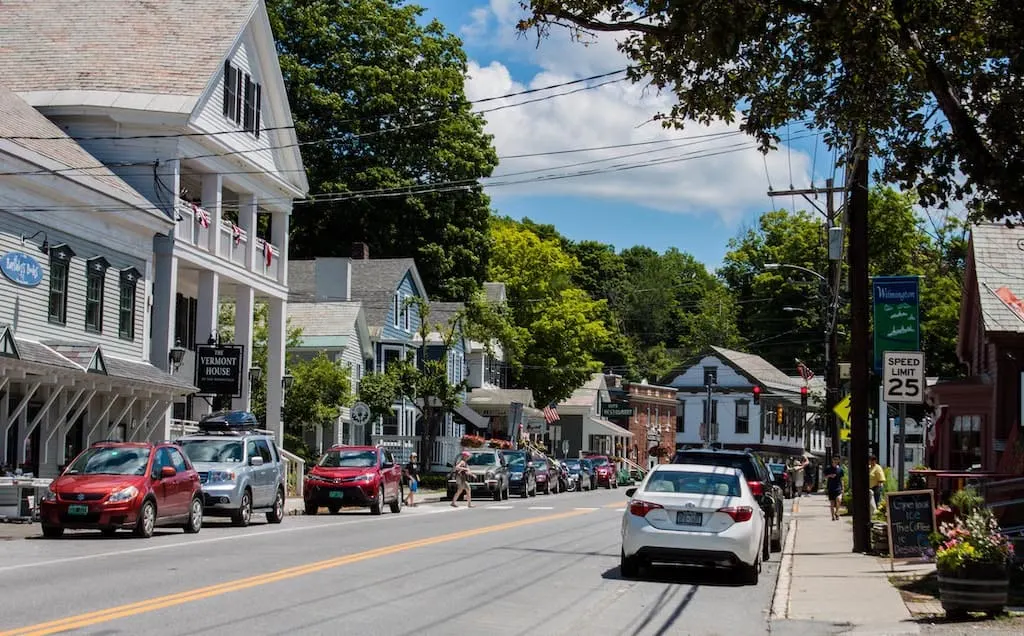Town of Wilmington
Town of Wilmington
Welcome to Wilmington, VT
Nestled in the heart of the Green Mountains, Wilmington, Vermont, is a charming town known for its natural beauty and outdoor activities. Founded in the late 1700s, Wilmington has retained its small-town charm while offering a welcoming community for both residents and visitors. The town sits along the scenic Deerfield River, providing stunning views of the surrounding mountains and forests.
Outdoor Adventures
Wilmington is a year-round destination for outdoor enthusiasts. In winter, Mount Snow Resort, just a short drive away, offers world-class skiing and snowboarding. During the warmer months, the area is perfect for hiking, mountain biking, and fishing. The nearby Harriman Reservoir offers opportunities for boating, swimming, and picnicking. Wilmington’s stunning scenery makes it an ideal spot for enjoying the natural beauty of Vermont throughout the year.
A Vibrant Community
Wilmington’s community is a mix of locals, second homeowners, and visitors, all drawn to the town’s welcoming atmosphere and laid-back lifestyle. The town offers a variety of shops, restaurants, and local businesses, making it a great place to explore. Whether you’re strolling along Main Street or enjoying a seasonal festival, Wilmington has something for everyone.
Rich History and Heritage
Wilmington has a rich history, with well-preserved buildings dating back to the 19th century. The town’s heritage is celebrated through local museums, events, and historical landmarks, offering a glimpse into Vermont’s past. Wilmington continues to be a place where history and nature come together, providing both a peaceful retreat and a hub of activity.
